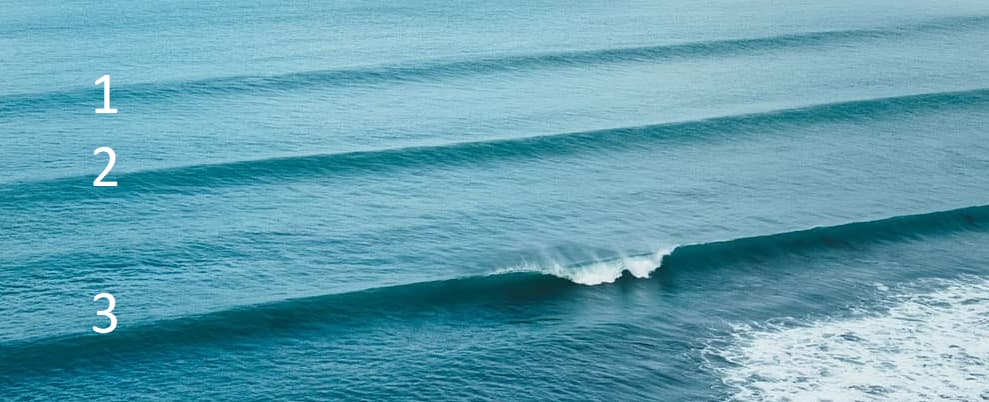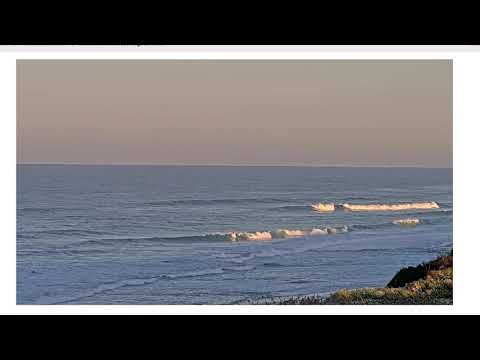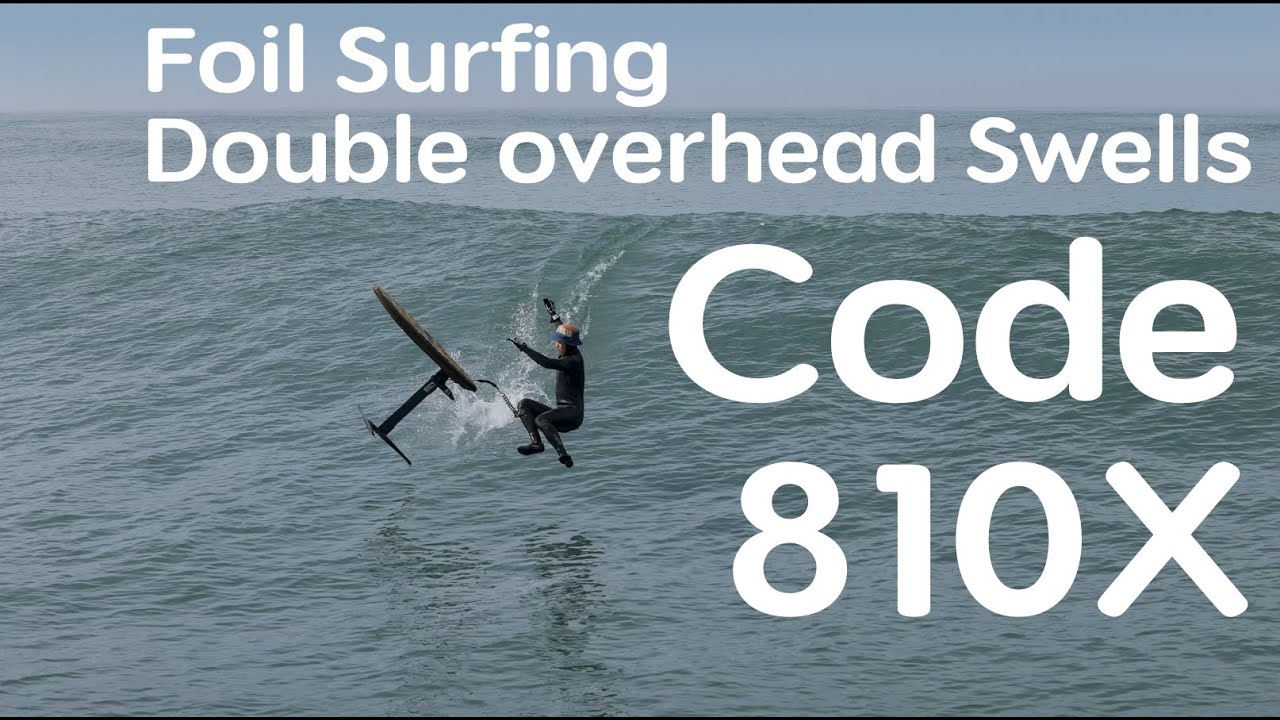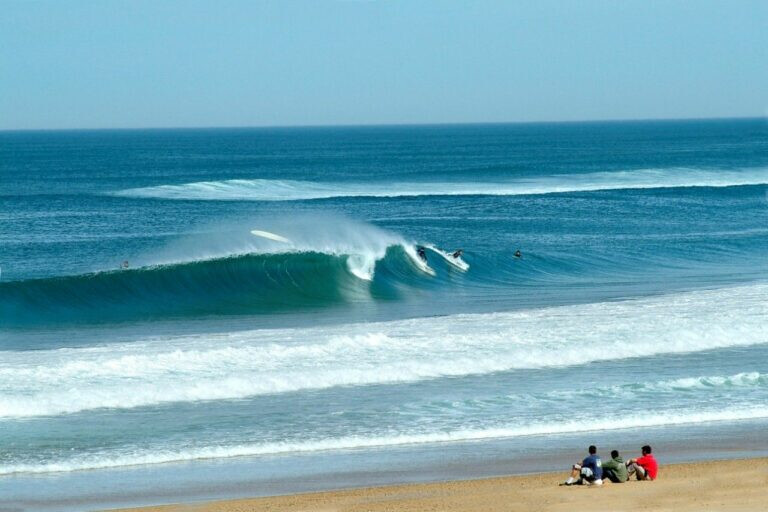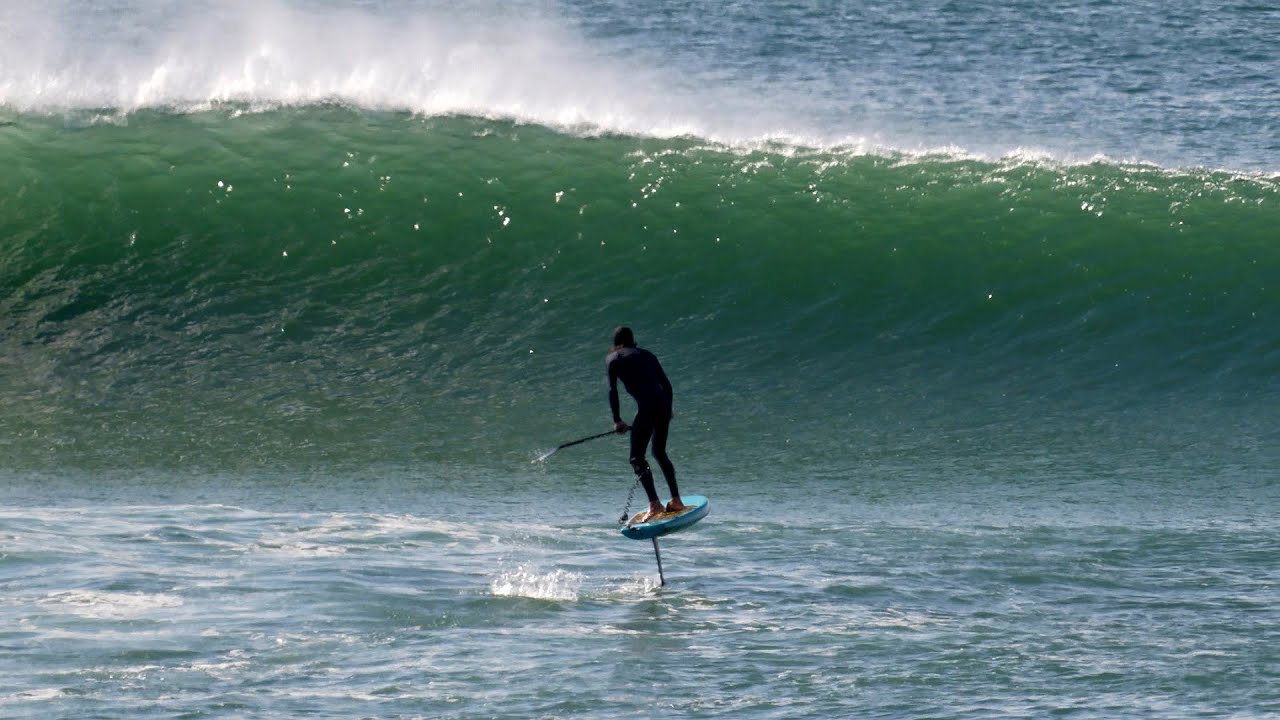Hello,
I am trying to solve an equation, finding a foil that both lifts on low power swell, and is fast.
Does it exist?
Background:
1- distant swell, fast, not powerful
2- near swell, slower, more powerful (curving)
3- wave
Using my daily driver Code 980s, my playground is mostly between #2 and #3.
My spot mostly works at high tide.
The swell progressively curves hundreds of meters before breaking into a wave.
The distance between #2 and #3 is good.
At low tide, the swell is weak all the way long, and then brutally curves and breaks into a tube on shallow water (1 to 1.5meter).
The #2 barely exists, or we could say that the distance between #2 and #3 is very small.
EDIT: Actual video of my spot, low tide then high tide.
Same day, same conditions (1.2m - 10s)
My objective is to extend the ride by taking the swell at position #1 !
So the other day at Low tide, I decided to try to catch the swell at #1 using Foildrive and my Code 980s.
I can get on foil and catch the swell for a few seconds.
But it does not carry me.
The swell is too fast and overtake me.
Pumping aggressively extends a bit the ride, but not much.
I need another foil.
Intuitively I would say a larger foil, because it would better capture the low energy from the swell at #1.
But this swell at #1 is also very fast, not yet slowed down by the bottom of the ocean.
So what kind of foil would I need?
A large CodeR or Axis Fireball would work ?
With small stab I guess.
Cheers
